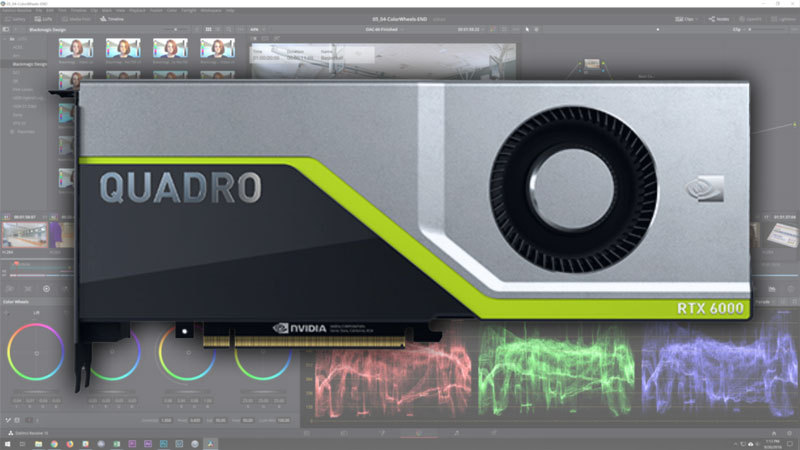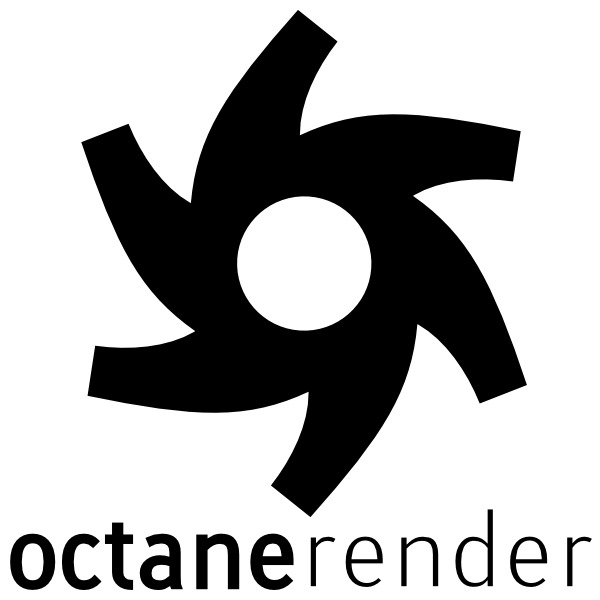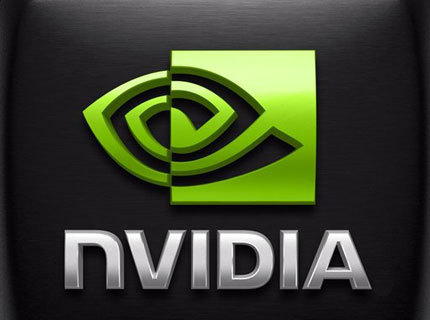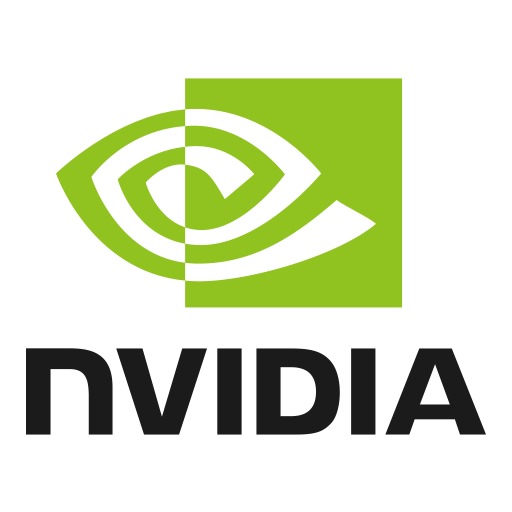Despite how popular SOLIDWORKS is, there is a lot of outdated and simply inaccurate information on the web regarding what video card you should use. This is especially true for SW 2019, because it adds a new mode that changes how the video card is utilized when displaying parts and assemblies. This feature is still in beta, and not yet ready for production use, but we rounded up the full Quadro RTX line of video cards to see how they perform at both 1080p and 4K resolutions.














